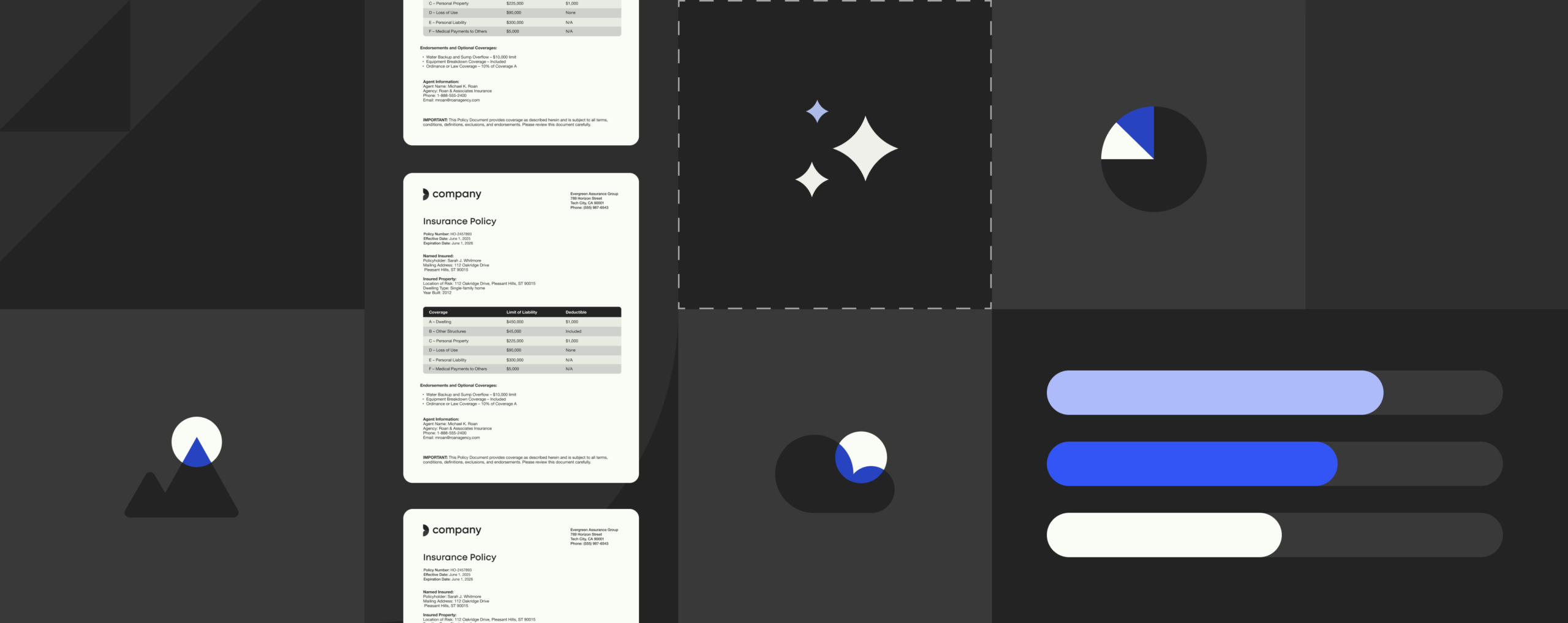Corporate identity and branding trends: 2020’s forecast

Did you know that it is estimated that the average person is exposed to between 4,000 and 10,000 brand messages each day?
In this competitive, multi-channel and digitally noisy space, getting ahead of the latest corporate identity and branding trends has never been more important.
From value-driven color palettes to branding for augmented reality, we’ve identified the top 6 branding trends 2020 has in store for your business.
1. Typography gets moving
Over the past few years, we’ve seen designers use advancements in digital platforms to experiment with combining typography with motion design. In terms of branding trends, 2020 is set to see a lot more of this ultra-engaging kinetic style, with smart brands using every single design element possible to grab their audience’s attention.
In addition to this GIF-worthy type of style, some general typography trends we’ll see both online and in print include: the return of Serifs, use of bold font, “hero fonts” (where text replaces images as a main design feature), more “editorial” typefaces such as 3D lettering, and cropped text that make brand communications more engaging for busy consumers.
2. Changes in logo design
Logo branding trends in 2020 will feature two strikingly contrasting design movements.
Much like 2020’s typography trends, brands will start embracing digital formats for their logos with the aim of more fluid and playful variations being adaptable for different channels, partnerships and contexts. As demonstrated by MTV and Netflix however, businesses will need to carefully balance creative license with consistent corporate identity, so audiences still receive a recognizable and authentic brand experience.
Contrastingly, the second logo design trend predicted is minimalism. We’ve recently seen superbrands such as Uber and American Express simplify lettering and colour gradients to produce bold logo refreshes.
Despite their apparent contrast, minimalist and fluid logos both deliver the same result of an improved user experience through design. These branding trends aim to provide clean, clear brand visuals which are ideal for smaller screens, as 2020 is predicted to see 3.5 million smartphone users.
In stripping away decorative and intricate details that look great on a billboard but cluttered on an iPhone, logos stay relevant and readable for modern consumers.
Many major global brands have already opted to use multiple iterations of their logo design – Nike, Unilever, DropBox, Facebook and Instagram all now include a single image or letter logo option within their design range.
Branding trends 2020 suggest some interesting approaches to logo design will appear, whether in 3D animated form or showcasing user-centered minimalism.
3. Future-facing color palettes
Color improves brand recognition by up to 80%, meaning choosing the right hues and palettes has long been a key element within corporate identity trends. Unsurprisingly, 2020 will be no different. With the power to evoke desirable emotions, a brand’s defining color is determined by how a business wants their consumer to feel.
This can most notably be seen with the “color of the year” for 2020 being neomint, a color which was chosen due to the way it aligns futuristic development with nature.
The color was identified by trend forecasters following extensive research around big data, current affairs, high street fashion and social media. This futuristic color choice is also based upon the considerations of major events intended to take place in 2020.
It’s also significant that neomint is a type of green, which has roots in nature, as the influence of nature on color branding trends has been cited by experts, who predict that 2020 will see designers seeking warmth, and colors that feel human and natural, such as blue, terracotta, and green.
How to spread your brand investment
How to become one of the top 500 most valuable brands
4. B2B industries will focus more on branding
In the past, traditional and B2B companies have generally coasted on safe or minimal branding efforts; largely leaving trends in branding to the B2C crowd. However, this is all about to change.
Previously formal and often boring B2B branding will no longer resonate with a younger workforce raised on digital-first brands. With younger generations increasingly opting for more informal work sets ups, the B2B industry will need to think carefully about the messaging it uses to avoid sounding outdated and unappealing. For B2B brands used to paying minimal attention to branding trends, 2020 will show its importance for attracting talented young employees.
The same goes for traditional industries such as insurance, professional services and legal – if companies don’t invest in building modern brands they run the risk of becoming irrelevant to their sector and losing out to much more brand-savvy market disruptors. In the financial services sector, a bid to keep up with digitally-advanced, brand-led challengers such as as Monzo, Revolut and N26, has this year alone caused high profile rebrands of Mastercard, Santander and Halifax.
Speaking of 166-year-old Halifax’s rebrand, creative exec Carlo D’Alanno explained that the bank’s new look, which included redesigning the company’s signature X logo, a new font, color palette, and range of digitally optimized icons, aimed to “attract a wider audience and compete with younger start-up brands.”
2020 is set to see more B2B and traditional companies take note from the likes of Halifax and tap into this wave of exciting, interesting and bold branding trends that in previous years have mostly been associated with B2C sectors.
5. Design gets virtual
With VR and AR technologies advancing by the day, 2020 will see a continued rise of digital experiential marketing. Already, it’s possible to go to an interactive house party to hunt out your new seasonal wardrobe, and virtually try on makeup while watching a YouTube tutorial. Virtual possibilities such as these will just keep advancing.
Giving consumers more options to try out and experience a brand brings extremely exciting and potentially lucrative opportunities for forward-thinking businesses. At the same time, however, it will also come with higher expectations for designers. Alongside design movements in “traditional” brand elements such as logos, color palettes and fonts, branding trends in 2020 will challenge designers to start thinking in the realms of augmented and virtual realities. 2020’s designers will have to depart from the days of considering branding as existing on stationary and print ads, and consider how they can apply their brand’s unique look and feel to constantly evolving digital environments.
6. Consistency takes center stage
Consistent branding across all platforms has been shown to increase revenue by up to 23%, so the last of our six major trends in branding for 2020 is a greater focus on brand consistency and compliance across all industries.
With manual brand asset management processes unable to effectively monitor the vast volume of assets produced by employees, next year will see increased adoption of modern brand distribution asset management tools to help teams compliant with their business’ latest style guidelines and on top of 2020’s corporate identity trends. Generally cloud-hosted, this category of software ensures 24/7 access to pre-approved business assets so employees have everything they need to create on-brand material.
For instance, Templafy offers enterprises out-of-the-box integrations with cloud-based digital asset management systems such as Bynder and Brandworkz, meaning everything from images to best practice document templates are directly accessible within applications such as Office. These integrations allow for sophisticated search capabilities, with employees able to search, download and share branded content without switching between programs. Brand managers can restrict access to these assets and assign authorization roles to avoid misuse of corporate material and secure optimum compliance, Templafy also limits compliance risks through automated and version control, leaving less room for human error.


